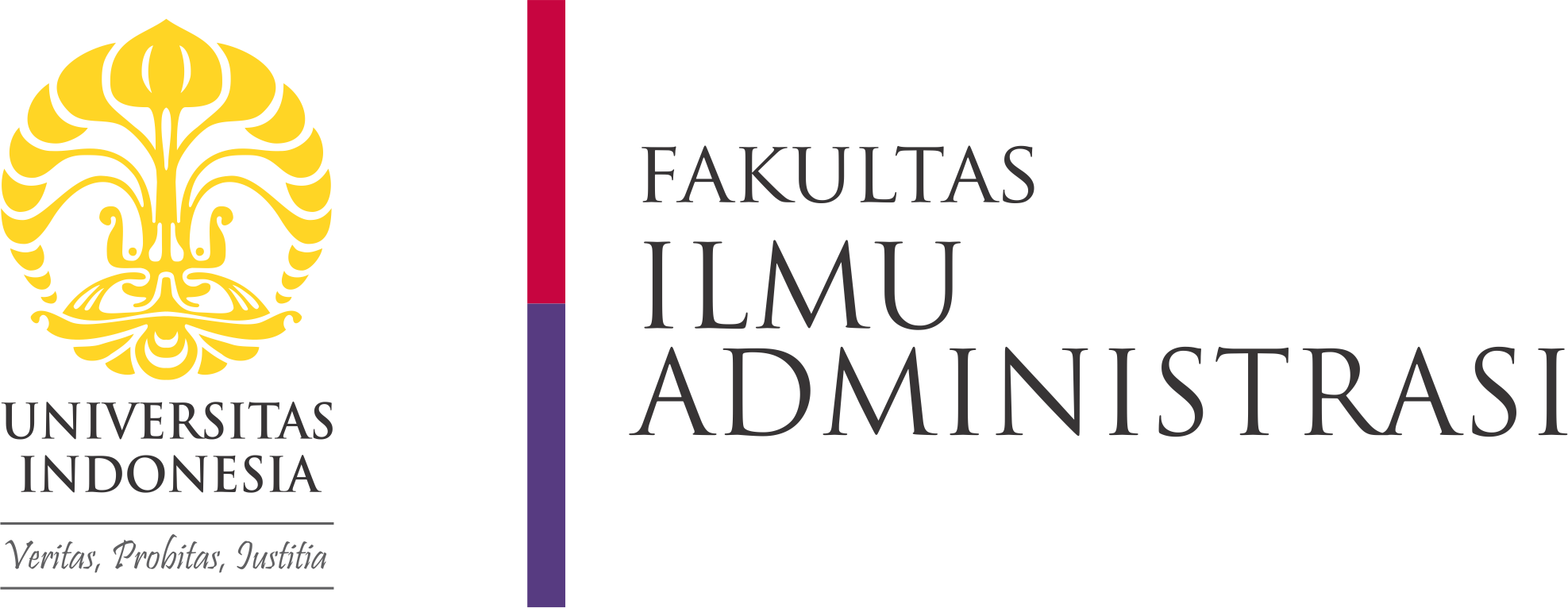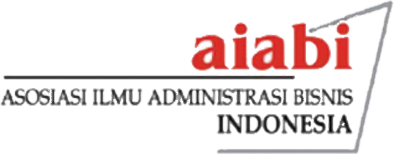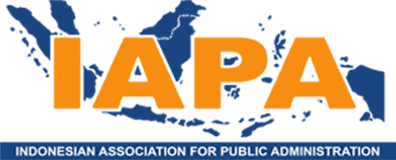Abstract
The paper believes that dynamic capabilities of public organizations, founded upon able human resources and agile process, shall result on adaptive public policies, thus forming dynamic governance. The paper adopts the model developed by Neo and Chen (2007) in their study on the government of Singapore. The study object of this paper is public services in Jembrana, Bali. The paper combines both quantitative (SEM structural equation test) and qualitative approaches. The qualitative method consists of in-depth descriptive analysis of interview responses and Soft System Methodology (SSM) to devise the public policy development process model. SEM structural equation test provides the correlation of (i) able people to thinking-again, (ii) agile process to thinking-ahead, (iii) agile process to thinking-across, (iv) thinking-again to thinking-across, and (v) thinking-again to thinking-ahead. Conceptual development model using qualitative SSM suggests complementary relations to SEM structural equation test, where dynamic capabilities are concentrated in the thinking-again aspect whereas thinking-ahead and thinking-across are concentrated in the initiative of Jembrana Regent. The qualitative-descriptive analysis suggests that the behaviour of the Jembrana Regency governance reflects the skills of developing dynamic capabilities: thinking ahead, thinking again, and thinking across.
Recommended Citation
Anwar, Rozan
(2011)
"Development of Dynamic Capabilities of Education Service Policy Processes in Jembrana, Bali,"
BISNIS & BIROKRASI: Jurnal Ilmu Administrasi dan Organisasi: Vol. 17:
No.
3, Article 3.
DOI: 10.20476/jbb.v17i3.789
Available at:
https://scholarhub.ui.ac.id/jbb/vol17/iss3/3






